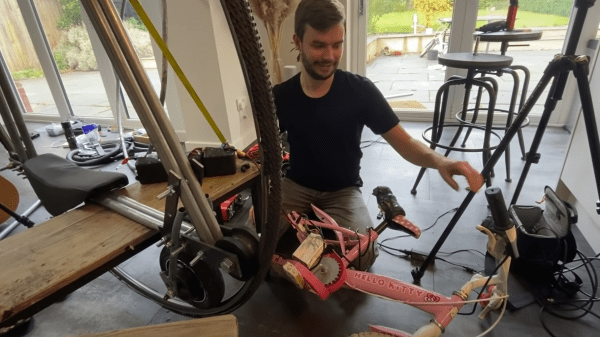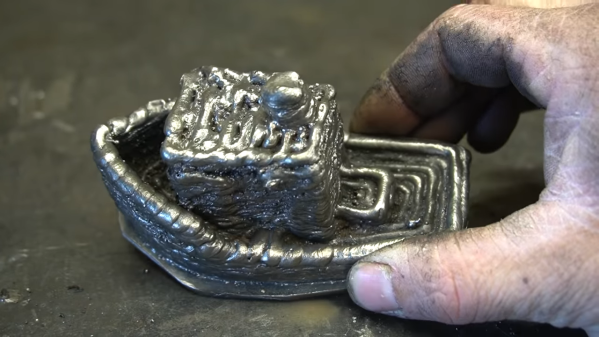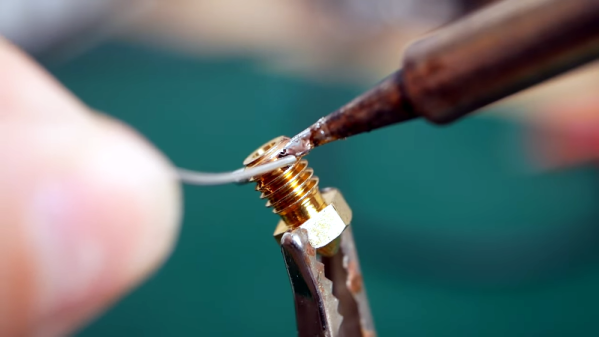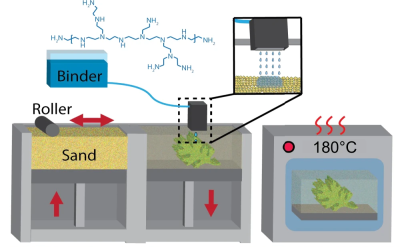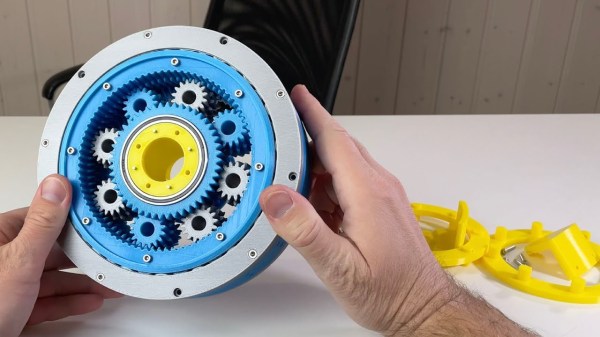Generally, monowheels are that wacky, wildly futuristic transport that we lump in the same category as hoverbikes and jetpacks: strange, currently impractical, but very cool. Not content with waiting for the distant future, [Sam Barker] made his own electric monowheel. (Video, embedded below.)
The hardest part of any monowheel is that the outside rim needs to stand enormous abuse. It supports the weight of the vehicle and provides most of the structural integrity, but also is the means of propulsion. [Sam]’s first thought was to use a trampoline frame as it is a round and reasonably sturdy tube steel. He 3D printed the rollers that connected the subframe to the trampoline frame. Flat bar stock was used to make the angles inside the subframe and straight tube steel connected the inner frame into a trapezoid. The trampoline frame was welded together and on the first test spin, it broke apart from the stress. It simply wasn’t strong enough.
Not to be dissuaded, he found a company that bends steel into custom shapes. He stole the e-bike kit from another bike he had converted earlier, and the wheel was turning. Some handles and foot-pedal later, it was time for a proper test drive. Overall, the result is pretty impressive and the double-takes [Sam] gets while riding down streets in town are wonderful. If you’re looking to scratch the monowheel itch, check out this wooden monowheel.

